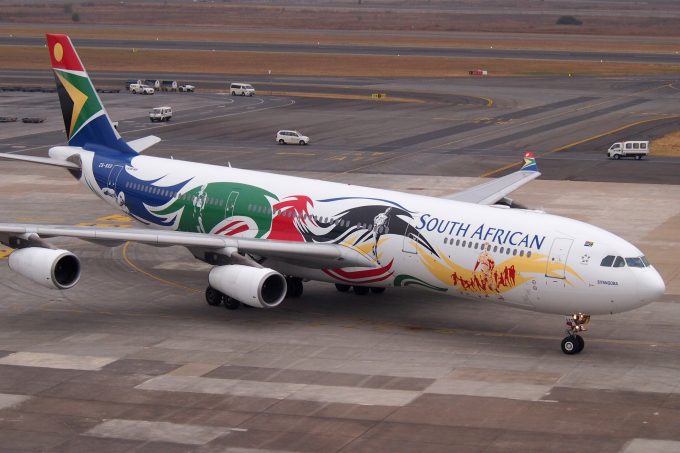South American demand drives faster ships - and more emissions
Surging demand on the Far East-South America east coast tradelane has increased the average speed ...

Airlines are increasing capacity between Africa and South America via Brazil, indicating a resurgence in demand for connectivity between the two regions.
South African Airways (SAA) resumed operations to Brazil in October, between Cape Town and Sao Paulo, after an almost four-year Covid-induced hiatus. Services from Johannesburg to Sao Paulo followed in November, all operated by A330-300s.
SAA plans for the routes to facilitate export and import opportunities and augment trade relations between South Africa and ...
Asia-USEC shippers to lose 42% capacity in a surge of blanked sailings
USTR fees will lead to 'complete destabilisation' of container shipping alliances
New USTR port fees threaten shipping and global supply chains, says Cosco
Outlook for container shipping 'more uncertain now than at the onset of Covid'
Transpac container service closures mount
DHL Express suspends non-de minimis B2C parcels to US consumers
Zim ordered to pay Samsung $3.7m for 'wrongful' D&D charges
Uncertainty over US tariffs sparks interest in bonded warehouses for imports

Comment on this article